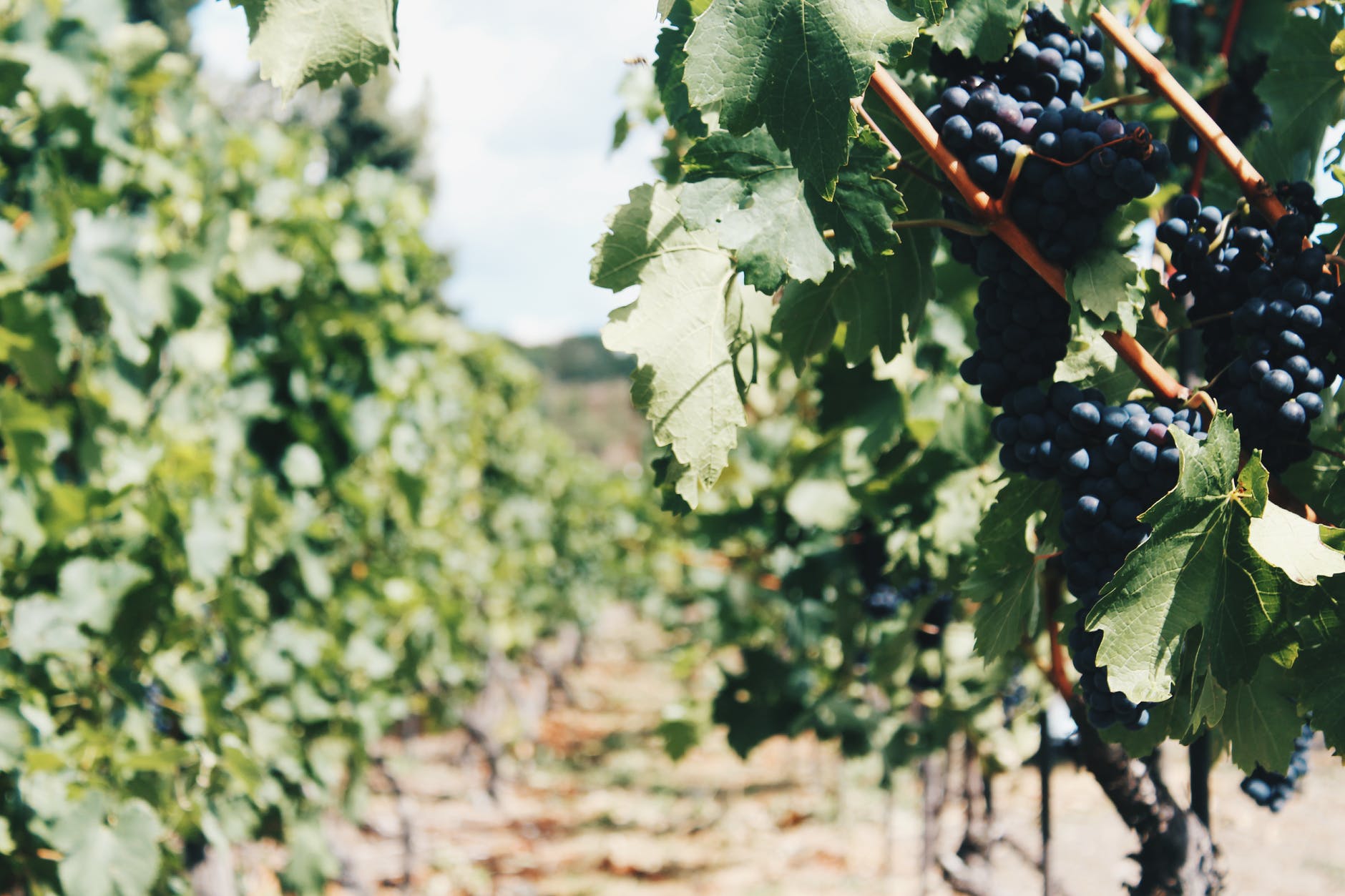By Clint Thompson
Downy mildew disease in Southeast grape production is bad enough. The problem is exacerbated as disease resistance continues to worsen.
Phil Brannen, University of Georgia Cooperative Extension Fruit Disease Specialist, explains the concerns that producers in Georgia and Alabama should have about the potential for further resistance developing.

“There’s already been resistance to the strobilurin (quinone outside inhibitors) fungicide class. We’ve known that. At that time, we did not have resistance to the carboxylic acid amide class of fungicides. We didn’t see it at all. But we knew it’d probably would develop,” Brannen said. “Now we’re working with Michigan State, and they’ve got somebody testing for that resistance. We’re starting to see it develop pretty readily. Now we’ve got to figure out what do we do.
“As long as we have some of the basic fungicides like Mancozeb and Captan that don’t develop resistance, we’re okay. But those are always under threat as well. If we ever lose those, I don’t know what we’re going to do.”
Vineyards in the Southeast are vulnerable to downy mildew because of its humid and wet climate during the growing season. Spores can infect within a few hours when the leaves or fruit are wet. Dew counts for sufficient wetness.
Symptoms include “oil” spots on the upper leaf surface with white, fluffy spore formation on the underside of the leaf. The important factor for grape producers to consider is leaf protection. Plants don’t do well without leaves.
“We generally don’t have years where we don’t have downy mildew. If you go out to places like California, it’s so dry that they don’t have downy mildew. But even in our driest years, if we didn’t spray, we’d probably lose all of our grapes to downy mildew,” Brannen said.
Fungicide rotation remains the best line of defense against a disease that’s not going away.

“Rotating as much as possible with categories of fungicides that are going to be prone to resistance is important. Also, we’re still going to have to depend on, in the early season Mancozeb, and later season Captan (especially combined with prophite), that are not going to develop resistance as readily. Ideally, the materials that can develop resistance, you’d like to rotate among as many classes as you possibly can in a season,” Brannen said.
“It requires producers to buy chemicals that they probably won’t use in one year. They hate just leaving stuff sitting on a shelf, but that’s really what you need to do in order to have good resistance management.”










